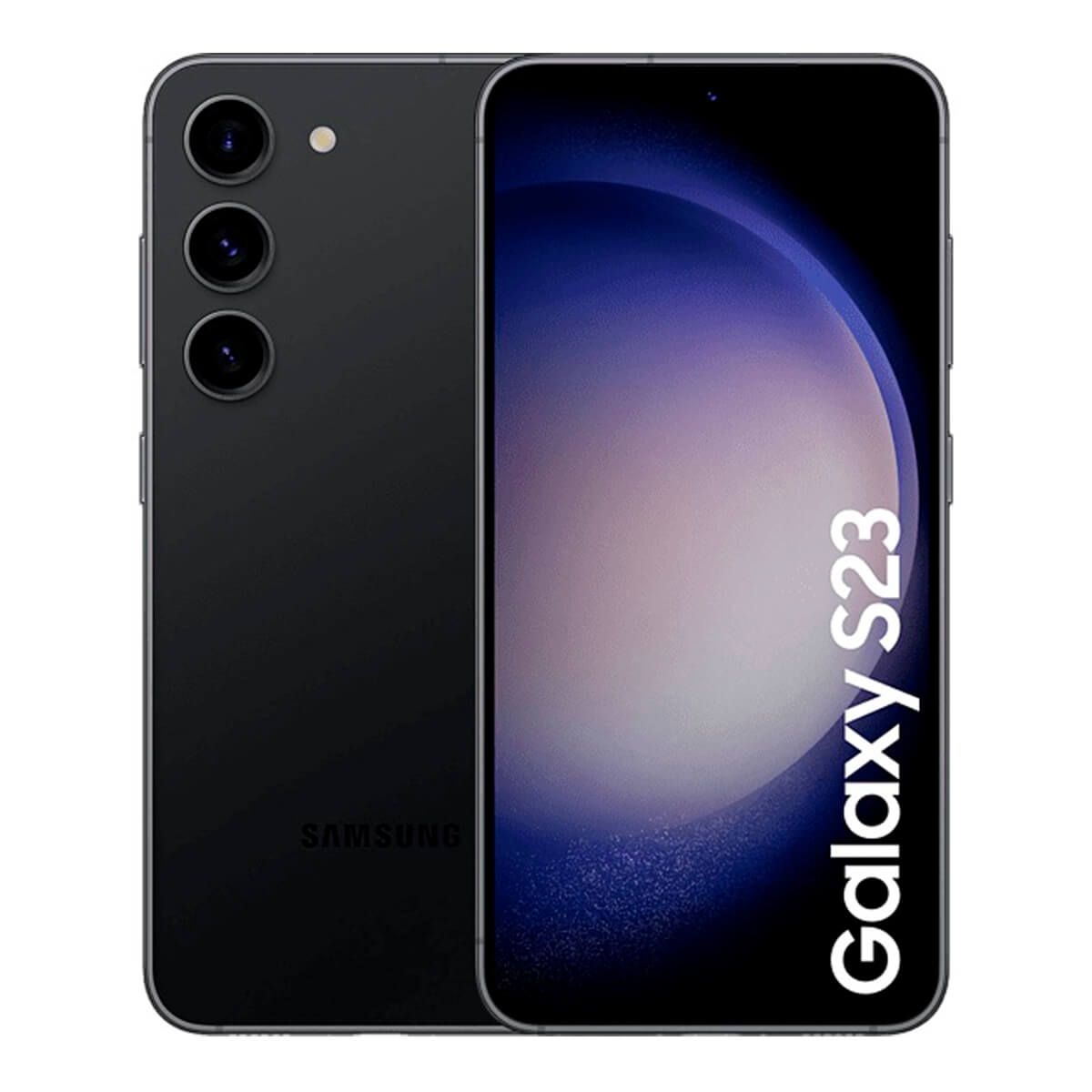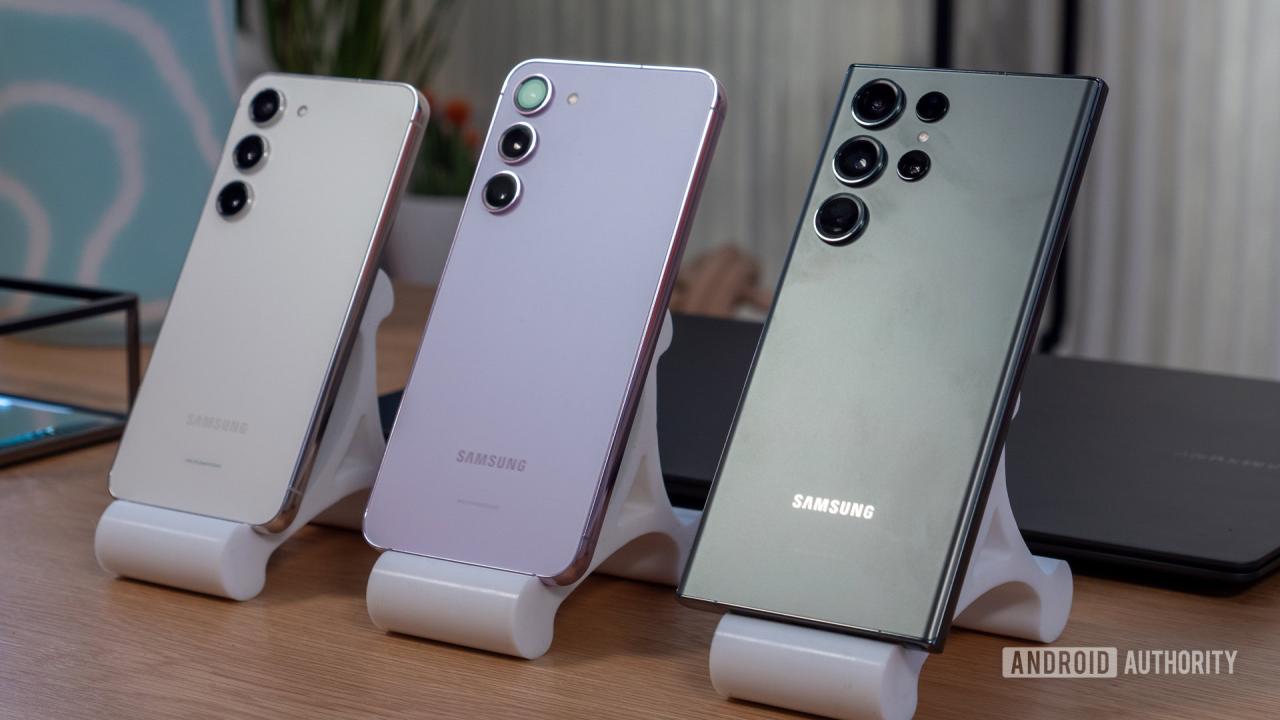samsung smart thing revolutionizes the way we interact with our homes, offering a seamless integration of smart devices that enhances convenience, security, and automation. This innovative platform connects a wide array of devices, from lights and locks to thermostats and cameras, all managed through the intuitive SmartThings app.
The SmartThings app empowers users to monitor and control their devices effortlessly while providing essential features like automation routines and security alerts. Understanding how to set up and navigate this ecosystem can transform any living space into a smarter, more efficient environment.
Overview of Samsung SmartThings

Samsung SmartThings represents a comprehensive platform designed to simplify and enhance the management of smart home devices. Its primary purpose is to create an interconnected environment where various devices can communicate and operate seamlessly through a single interface. By integrating different technologies and products into one cohesive system, SmartThings enables users to monitor, control, and automate their home settings from anywhere, enhancing convenience and efficiency.
The ecosystem of devices compatible with Samsung SmartThings is vast, accommodating a wide range of products from various manufacturers. This compatibility extends beyond Samsung’s own devices, allowing users to incorporate third-party gadgets into their smart home setup. The SmartThings platform supports a myriad of devices, including smart lights, thermostats, door locks, cameras, and sensors, making it a versatile choice for homeowners looking to build a customized smart home experience.
SmartThings App Features
The SmartThings app serves as the central hub for managing a user’s smart home devices, providing an intuitive and user-friendly interface. The app is available on both Android and iOS platforms, ensuring accessibility across a wide range of mobile devices. Through the app, users can easily add and control compatible devices, create automated routines, and monitor their home’s status in real-time.
Key features of the SmartThings app include:
- Device Control: Users can individually manage each device connected to their SmartThings account, adjusting settings such as brightness, temperature, and security preferences.
- Automation Routines: The app allows users to set up automated routines that can trigger multiple actions with a single command, enhancing the efficiency of daily tasks.
- Scene Creation: Users can create customized scenes that adjust several devices simultaneously for various activities, such as ‘Movie Night’ or ‘Away Mode.’
- Real-time Notifications: The app provides alerts and notifications about the status of connected devices, such as security breaches or when a door is left open.
- Device Compatibility Monitoring: The app also features a compatibility checker that helps users identify which of their devices can seamlessly integrate with SmartThings.
The SmartThings app embodies the essence of modern smart home technology, offering users a centralized and efficient way to manage their entire home ecosystem. With its robust feature set and continuous updates, SmartThings provides a reliable solution for those looking to simplify their smart home experience while maximizing comfort and security.
Setting Up Samsung SmartThings
Setting up Samsung SmartThings is an essential step toward creating a connected home that enhances convenience and efficiency. This guide will walk you through the process of establishing a SmartThings hub and integrating various smart devices into your network, ensuring a seamless smart home experience.
To begin utilizing Samsung SmartThings, it is crucial to correctly set up the hub, which serves as the central control point for all connected devices. The following steps Artikel the setup process:
Step-by-Step Setup of Samsung SmartThings Hub
Initiating the SmartThings experience starts with setting up the hub. Follow these steps to get your hub operational:
1. Unbox and Connect: Remove the SmartThings hub from its packaging and connect it to a power source using the provided power adapter. Ensure that the hub is within range of your Wi-Fi router.
2. Download the SmartThings App: Install the SmartThings app from the Google Play Store or Apple App Store on your smartphone.
3. Create or Log into Your Account: Open the app and either create a new Samsung account or log in using your existing credentials.
4. Add the Hub: Once logged in, tap on the “+” icon to add a new device. Select “Hub” from the list of options and follow the on-screen instructions to connect the hub to your Wi-Fi network.
5. Finalize Setup: After connecting the hub to Wi-Fi, ensure that the hub’s indicator light is solid green, signaling a successful connection.
Adding Devices to the SmartThings Network
Integrating devices into your SmartThings network is vital for maximizing the functionality of your smart home. Below is a methodical approach to adding devices:
To maintain a well-organized smart home, it’s essential to follow these steps for adding devices:
1. Access the SmartThings App: Open the SmartThings app and navigate to the “Devices” section.
2. Initiate Device Addition: Tap on the “+” icon, then select “Add Device.” The app will prompt you to choose the manufacturer or type of device you wish to connect.
3. Follow Manufacturer Instructions: Each device may have specific instructions for pairing. Follow these guidelines carefully, which often involve pressing a pairing button on the device.
4. Confirm Connection: Once the device is detected, confirm the addition in the app, and assign it to a room or location for better organization.
5. Customize Device Settings: After adding the device, adjust its settings as needed to optimize performance based on your preferences.
Troubleshooting Common Setup Issues
When setting up the SmartThings hub or adding devices, you may encounter issues that require troubleshooting. Understanding these common challenges can lead to quicker resolutions.
Awareness of potential issues helps streamline the setup process:
– Hub Not Connecting to Wi-Fi: Ensure that the hub is placed within range of your router. If the issue persists, reset the hub by holding the reset button until the LED light blinks yellow, then attempt setup again.
– Device Not Found: Ensure the device is compatible with SmartThings and is in pairing mode. Restart the device and try to add it again.
– App Crashes or Freezes: Update the SmartThings app to the latest version. If problems continue, uninstall and reinstall the app.
– Devices Not Responding: Check your Wi-Fi connection and ensure that the hub is functioning correctly. A reboot of the hub may also resolve communication issues.
“Proper setup and troubleshooting are critical for a smooth SmartThings experience, ensuring your devices communicate effectively for a truly connected home.”
Automating Your Home with Samsung SmartThings

Automating your home with Samsung SmartThings can transform your living environment into a highly efficient and convenient space. SmartThings allows users to create tailored routines that cater to their individual lifestyles and preferences, streamlining daily tasks and enhancing comfort. By integrating various smart devices, you can establish a cohesive ecosystem that works for you, ensuring a seamless automated experience throughout your home.
Designing automation routines with SmartThings is straightforward and can be customized to meet your specific needs. The SmartThings app enables users to create different routines that can automate multiple devices with a single command. For instance, a “Good Night” routine could turn off all the lights, lower the thermostat, and lock the doors when you prepare for bed. Utilizing the app’s intuitive interface, users can set conditions based on time, location, or device status to make these routines effective and efficient.
Creating Automation Routines
When setting up automation routines, it’s essential to first identify the specific actions you want to automate. This could include controlling lights, thermostats, security systems, or appliances. Here are a few significant steps to design effective routines:
1. Identify Your Needs: Determine which tasks are repetitive or can be automated for efficiency.
2. Open the SmartThings App: Navigate to the “Routines” section and select “Add Routine.”
3. Set Triggers: Choose how the routine will be initiated. This could be through a schedule, a specific event (like leaving home), or even a trigger from another device.
4. Define Actions: Select the devices you want to control and define the actions for each (e.g., turn on, turn off, adjust settings).
5. Save and Test: After creating the routine, save it and conduct a test to ensure everything functions as intended.
Here are some practical scenarios to consider for home automation with SmartThings:
Practical Scenarios for Home Automation
Integrating SmartThings into your home offers numerous practical applications. Here are some scenarios that illustrate the versatility of home automation:
– Morning Routine: Automatically turn on the coffee maker, gradually increase bedroom lights, and adjust the thermostat to a comfortable temperature as you wake up.
– Home Security: Activate motion sensors at night to alert you of any movement, and set external lights to illuminate when someone approaches the front door.
– Energy Savings: Schedule lights to turn off during the day when no one is home, reducing energy consumption and costs.
– Convenience When Away: Use geofencing to automate actions based on your location. For instance, lights can turn on when you’re near home, and the thermostat can adjust to your preferred setting.
– Vacation Mode: Create a routine that simulates occupancy by turning lights on and off at random intervals while you’re away, enhancing home security.
Using SmartThings with Voice Assistants
Enhancing the functionality of SmartThings becomes easy when integrating voice assistants like Amazon Alexa or Google Assistant. This integration allows for hands-free control over your smart home devices, expanding your automation capabilities.
To use SmartThings with voice assistants, follow these steps:
1. Link Accounts: Ensure your SmartThings account is linked to your voice assistant through their respective apps.
2. Discover Devices: Use the voice assistant to discover your connected SmartThings devices.
3. Create Voice Commands: Assign custom voice commands for specific routines or actions. For example, you can say, “Alexa, start my movie night” to dim the lights and turn on the TV.
4. Control Devices: Use conversational commands to control devices individually or activate routines, making it easy to manage your home with minimal effort.
With such integration, you can enjoy a more connected lifestyle, effortlessly managing your environment with just the sound of your voice. The combination of SmartThings and voice assistants creates a powerful tool for enhancing home automation, providing a level of convenience that matches modern living standards.
Security Features of Samsung SmartThings: Samsung Smart Thing

Samsung SmartThings offers a comprehensive suite of security features designed to provide users peace of mind while controlling their smart home devices. These features ensure that your home remains secure from potential threats, enhancing your overall smart home experience. By integrating various security measures, SmartThings aims to safeguard your digital and physical spaces.
Integrated Security Measures
One of the standout aspects of Samsung SmartThings is its robust security framework, which includes a variety of integrated measures to protect your home. These features encompass:
- Encryption Protocols: SmartThings utilizes advanced encryption standards to safeguard data transmitted between devices and the cloud, ensuring that your information remains confidential.
- Two-Factor Authentication: Users can enable two-factor authentication for an added layer of security, requiring not just a password but also a second form of verification to access their account.
- Device Management: SmartThings allows users to manage connected devices effectively, enabling the identification of unauthorized devices and the ability to quickly remove them.
- Alerts and Notifications: The platform provides real-time alerts for suspicious activities, such as unexpected motion detected by security cameras or door sensors.
Setting Up Alerts and Notifications
Configuring alerts and notifications within Samsung SmartThings is a straightforward process that enhances your home’s security. Users can set up notifications for various security breaches, ensuring timely responses.
To set up alerts, follow these steps:
1. Open the SmartThings app and navigate to the “Security” tab.
2. Select the “Notifications” option to customize your alert settings.
3. Choose from various alert types, such as door opening, motion detection, or device disconnection.
4. Enable push notifications to receive alerts in real-time on your smartphone.
This proactive approach to home security allows for immediate action in the event of a potential security breach, ensuring that homeowners are always informed.
Comparison with Other Smart Home Platforms, Samsung smart thing
When assessing the security features of Samsung SmartThings against other smart home platforms, it stands out in several key areas.
– Amazon Alexa: While Alexa offers basic security integrations, such as compatibility with various security cameras and alarms, it lacks the direct control and comprehensive security settings available in SmartThings.
– Google Home: Google Home provides solid security features but often requires third-party integrations for full security functionality. SmartThings, by contrast, offers a unified approach with built-in options for alerts and device management.
– Apple HomeKit: HomeKit is known for its privacy-centric design and strong security protocols; however, SmartThings excels in user-friendly automation and a broader range of compatible devices, making it a versatile choice while maintaining security.
Overall, Samsung SmartThings effectively combines security and convenience, giving users a sense of safety without sacrificing the ease of managing their smart home devices.
FAQ Compilation
What devices are compatible with samsung smart thing?
Samsung SmartThings supports a wide range of devices, including lights, locks, cameras, thermostats, and other smart appliances from various brands.
How can I troubleshoot common issues with samsung smart thing?
Common troubleshooting steps include checking your internet connection, ensuring devices are powered on, and resetting the SmartThings hub if necessary.
Can I use samsung smart thing without a hub?
Yes, many devices can connect directly to the SmartThings app without a hub, but using a hub expands compatibility with more devices.
Is samsung smart thing secure?
Yes, Samsung SmartThings incorporates various security measures, including encryption and customizable alerts for potential security breaches.
How can I integrate voice assistants with samsung smart thing?
You can connect Samsung SmartThings with popular voice assistants like Amazon Alexa and Google Assistant to control devices using voice commands.
Integrating smart lighting into your home has never been easier with the Philips Hue Home Assistant. This innovative system allows you to control your lights through various devices, creating the perfect ambiance for any occasion. By combining automation and convenience, it transforms your living space into a modern haven.
If you’re looking to enhance your home’s climate control, consider the Sensibo Sky. This smart device optimizes your air conditioning system while providing remote access through your smartphone. With its intuitive features, it ensures a comfortable environment tailored to your preferences, all while saving energy and costs.